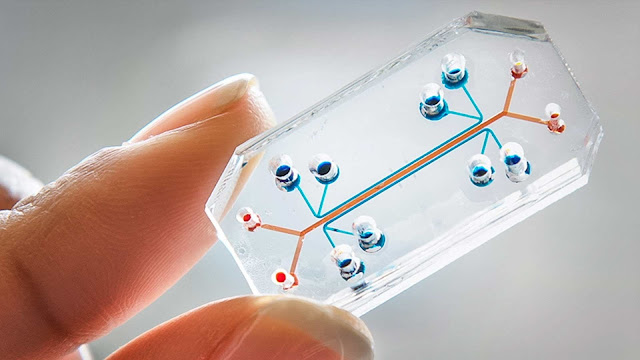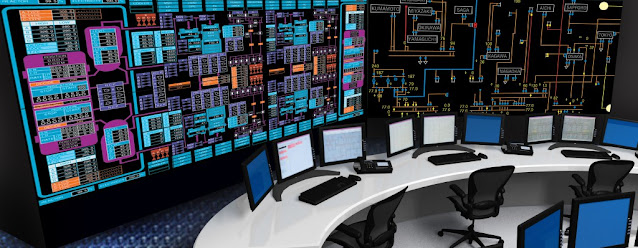Unleashing the Potential of Organs-on-a-Chip Market Insights and Trends
Organs-on-a-chip have emerged as a transformative technology
in the field of biomedical research, offering a novel approach to mimic human
organ functions in vitro. These microfluidic devices are designed to replicate
the complex physiology and cellular interactions of human organs, providing a
platform for drug testing, disease modeling, and personalized medicine.
Market Overview:
The organs-on-a-chip
market has experienced significant growth in recent years, driven by
the increasing demand for more accurate and efficient alternatives to
traditional animal models and in vitro testing methods.
Key Market Drivers:
- Need
for more predictive models: Organs-on-a-chip offer a promising solution to
bridge the gap between traditional cell culture assays and animal models,
providing a more physiologically relevant platform for drug discovery and
toxicity testing. The demand for more predictive preclinical models is a
significant driver for the market growth.
- Growing
focus on personalized medicine: Organs-on-a-chip enable the creation of
patient-specific disease models, allowing researchers to study individual
responses to drugs and develop personalized treatment approaches. The
increasing emphasis on precision medicine has propelled the adoption of
organs-on-a-chip in both research and clinical applications.
- Regulatory
initiatives: Regulatory agencies are actively promoting the adoption of
alternative testing methods to reduce the reliance on animal models.
Organs-on-a-chip, with their potential to improve the accuracy and
relevance of preclinical testing, are gaining traction as a viable
alternative, further driving market growth.
Key Market Challenges:
- Complex
technology and scalability: Developing organs-on-a-chip with multiple cell
types and replicating the intricate microenvironment of human organs pose
technical challenges. Achieving scalability and reproducibility of these
devices while maintaining functionality remains a key hurdle in their
widespread adoption.
- Cost
considerations: The initial development and manufacturing costs associated
with organs-on-a-chip can be significant. Lowering the production costs
and improving cost-effectiveness are crucial to drive market growth and
enhance affordability.
Current Trends:
- Integration
of advanced technologies: Organ-on-a-chip platforms are increasingly
incorporating advanced technologies such as microfluidics, biosensors, and
imaging techniques to enhance functionality and real-time monitoring.
These advancements enable more sophisticated analysis and data collection,
driving research capabilities.
- Collaboration
and partnerships: Academic institutions, research organizations, and
pharmaceutical companies are forming strategic collaborations to
accelerate the development and commercialization of organs-on-a-chip.
These partnerships facilitate knowledge exchange, resource sharing, and
expedite market entry.
- Expansion
beyond drug testing: While drug discovery remains a prominent application,
organs-on-a-chip are expanding into other areas such as disease modeling,
personalized medicine, and environmental toxicology. This diversification
of applications broadens the market potential and opens new avenues for
growth.




Comments
Post a Comment